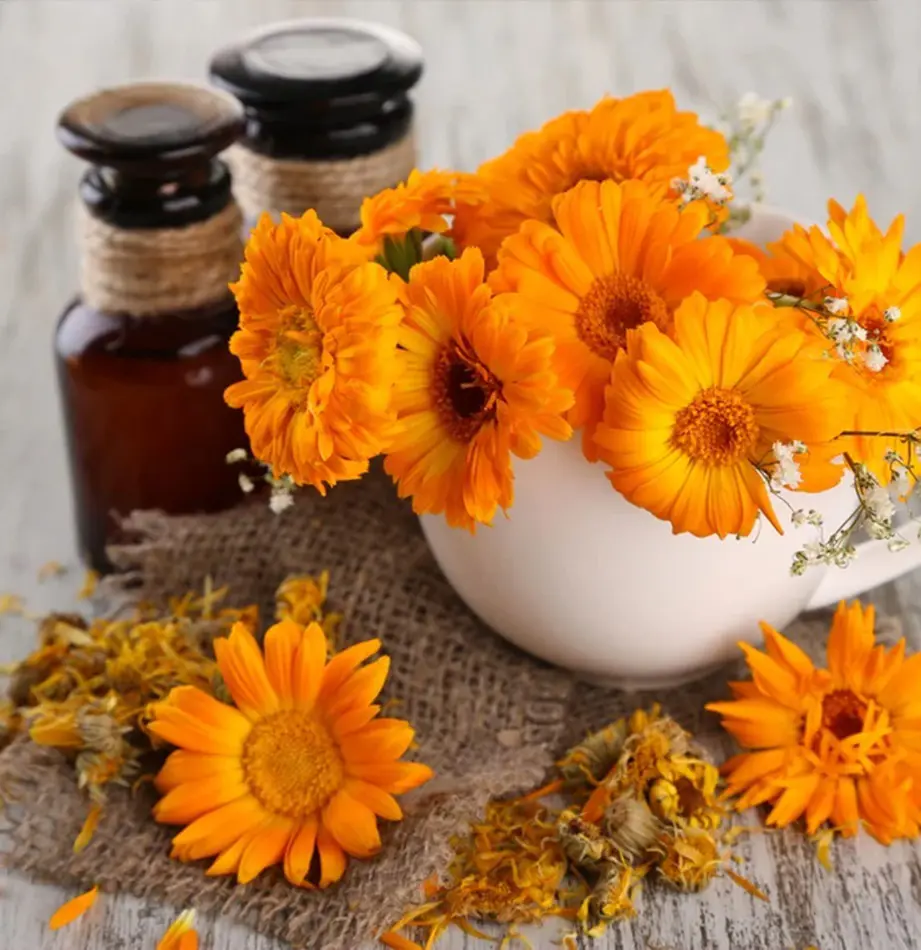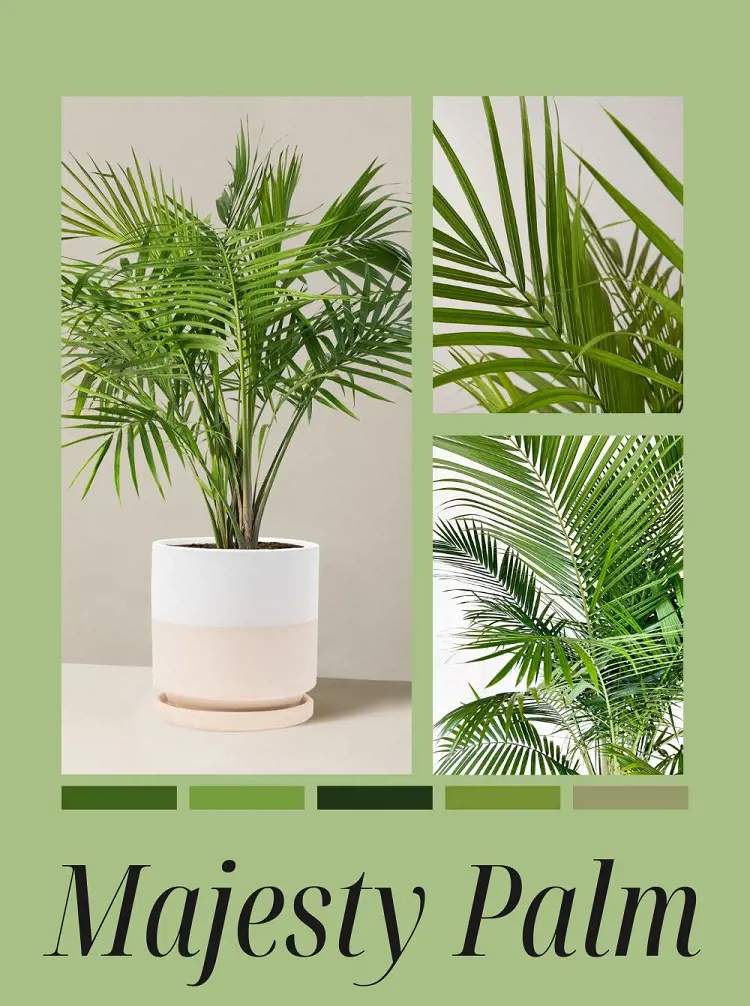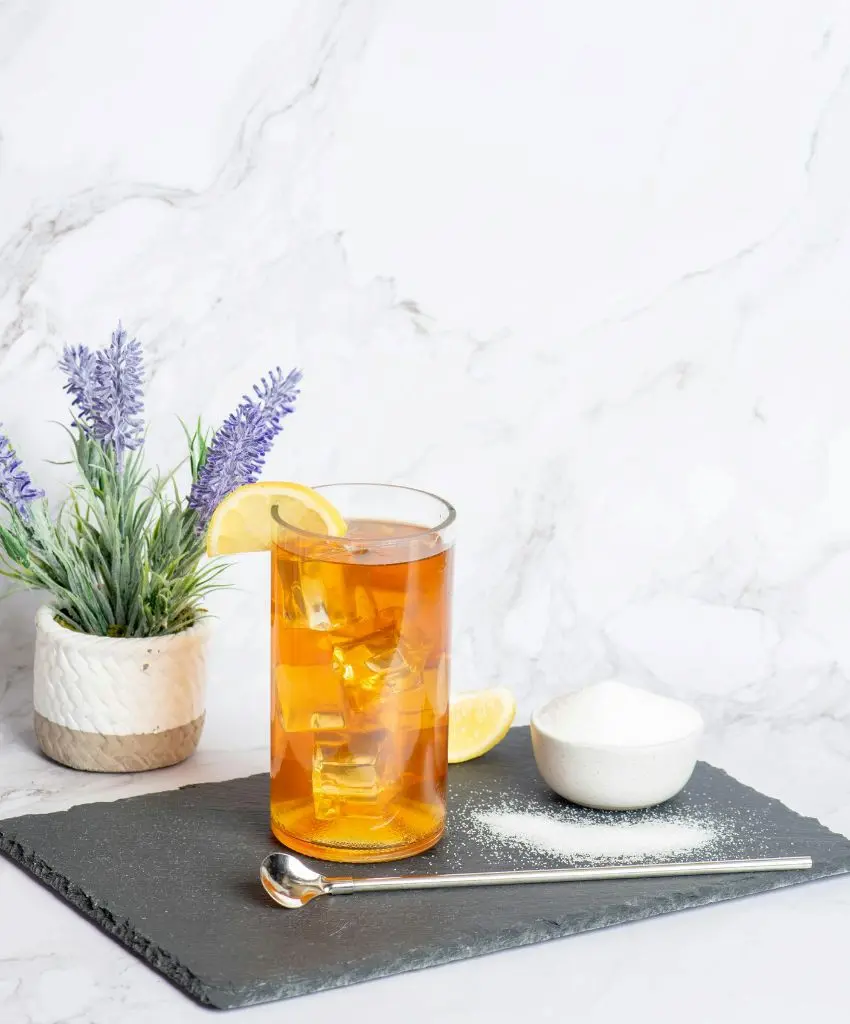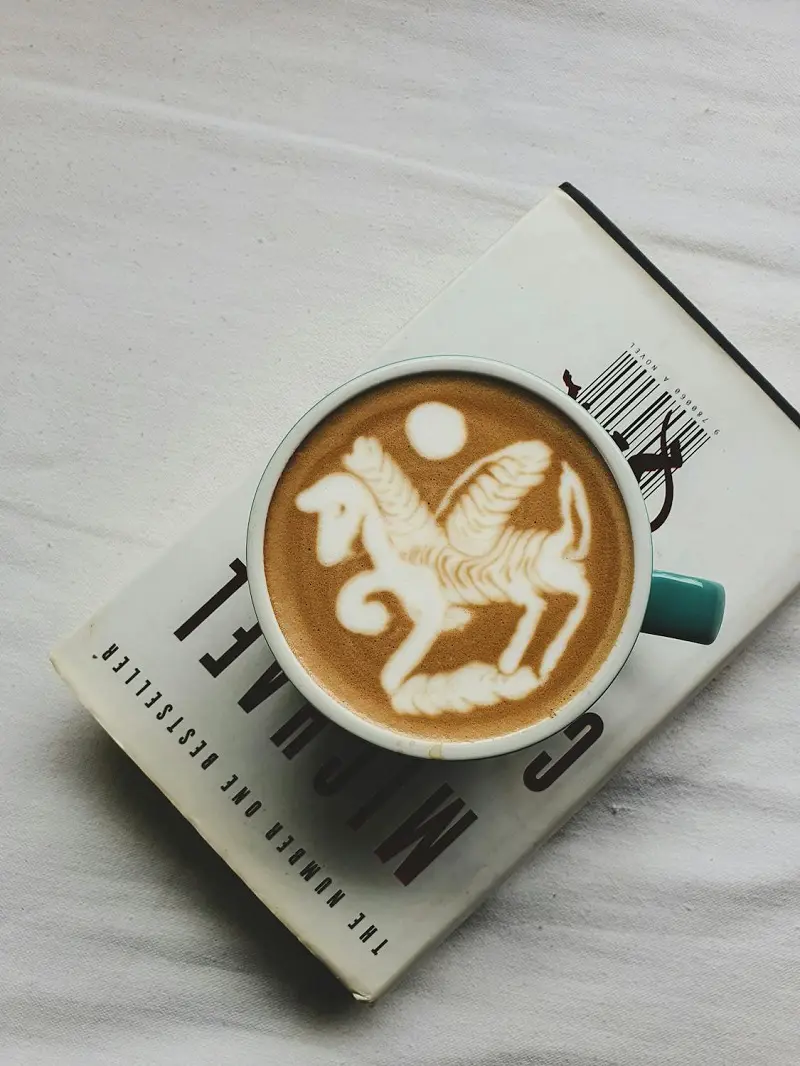A Step-By-Step Guide To Corn Plant Care
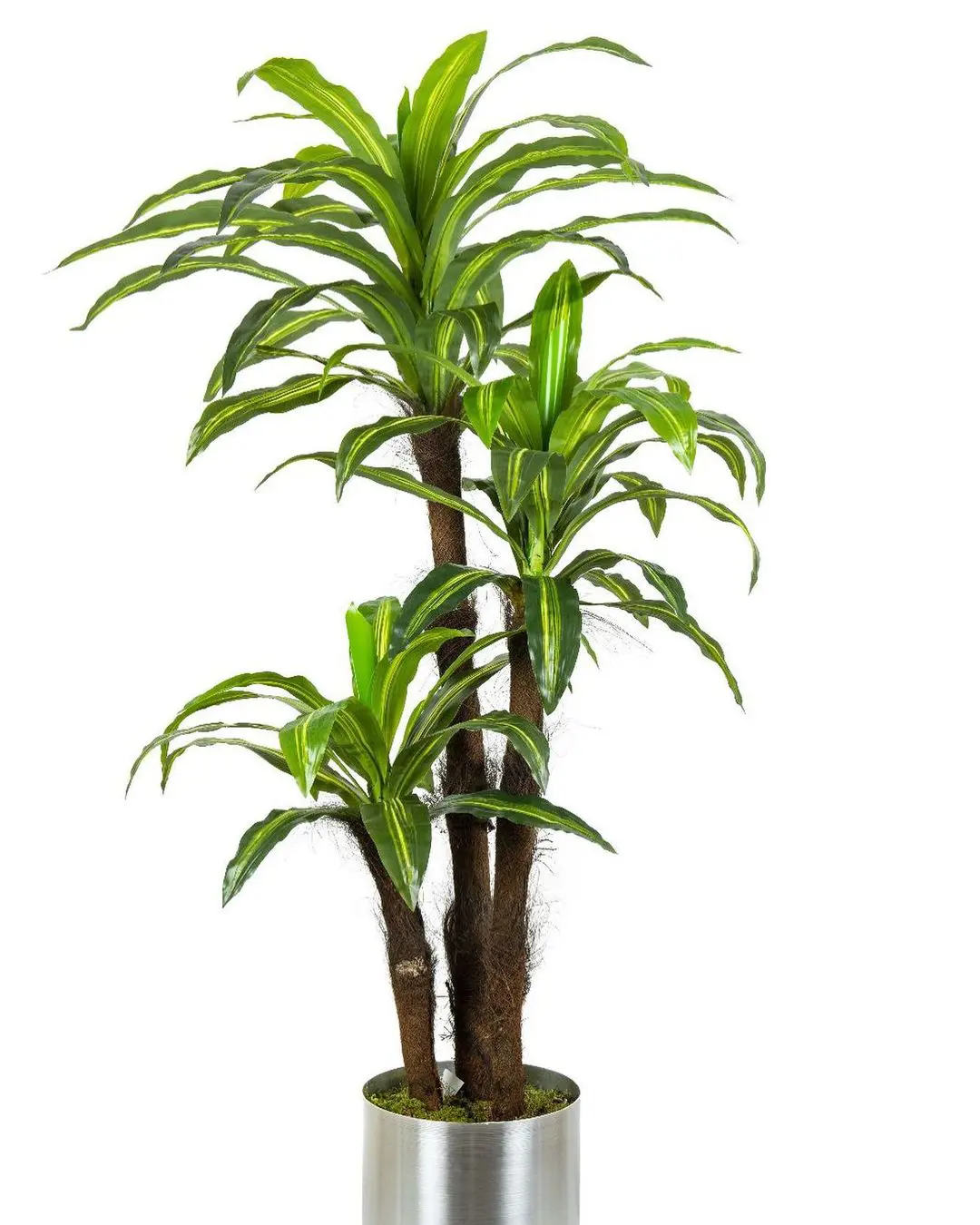
This post may contain affiliate links. If you make a purchase through links on our site, we may earn a commission.
Corn plants, scientifically known as Dracaena fragrans, are popular indoor ornamental plants prized for their graceful appearance and air-purifying qualities. A guide to Corn Plant Care is designed to assist plant enthusiasts in cultivating and maintaining these elegant specimens within the confines of their homes.
This comprehensive guide covers essential aspects such as light requirements, watering schedules, soil conditions, and common troubleshooting tips, providing a user-friendly roadmap for the successful growth and well-being of corn plants.
Indoor Corn Plant Care
You can take care of a corn plant more precisely when you are clear that there are two different varieties of corn plants. While we tend to associate them with the towering, yellow-kerneled stalks in fields, a whole other vibrant realm exists indoors.
Dracaena fragrans, also known as the corn plant, false aralia, and ribbon plant is a much more manageable size for indoor living, typically growing between 3 and 10 feet tall. Its long, slender leaves gracefully arch out from the central stalk, often boasting vibrant green stripes that run down their length.
Benefits of Indoor Corn Plants:
Indoor corn plant care is much more easier and less time-consuming than the ones grown at fields. Here are some of the advantages of indoor corn plants:
- Air purification: Studies suggest they can remove pollutants like formaldehyde and benzene from the air.
- Low maintenance: Easy to care for and tolerate neglect well, making them ideal for busy plant parents.
- Aesthetic appeal: Their striking foliage adds a touch of tropical elegance and visual interest to any space.
How To Care for Corn Plant?
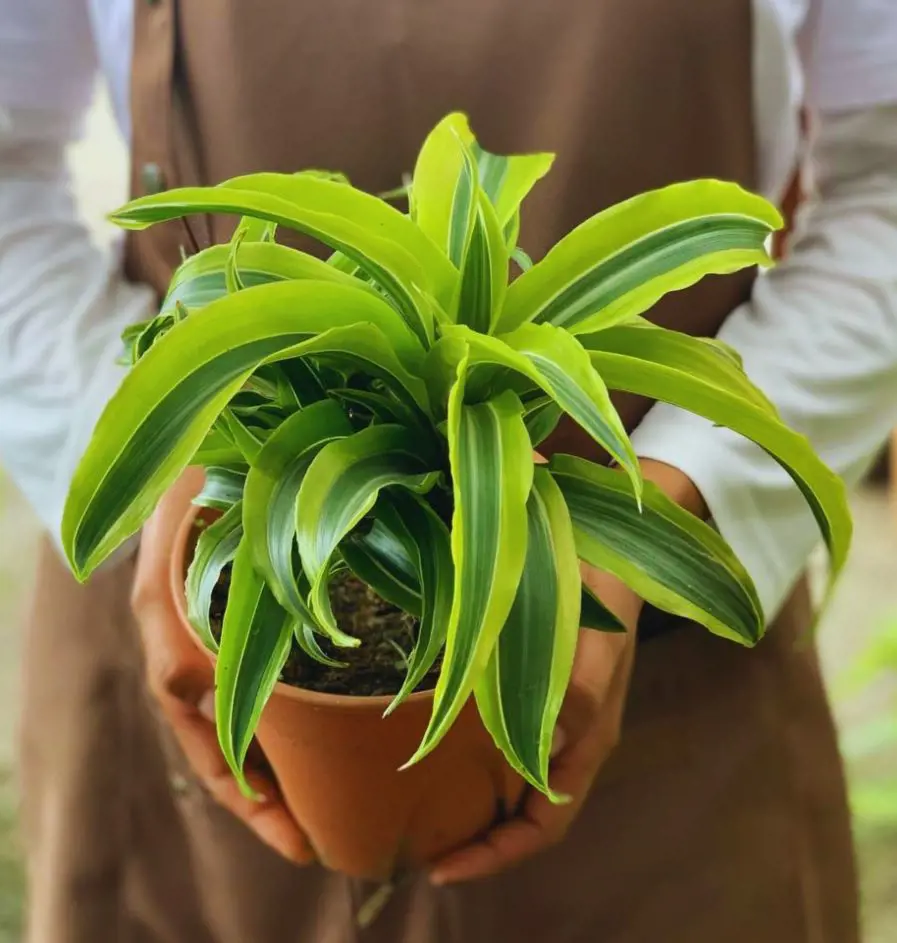
Corn plants, botanically known as Dracaena fragrans, is a popular houseplant prized for its lush, upright foliage and easygoing nature. With proper care, this tropical beauty can add a touch of elegance and clean air to your home for years to come. So, let's dive into the detailed steps to keep your indoor corn plant happy and healthy:
Finding the Perfect Location

Dracaena corn plant, like most of us, crave sunlight, but not the harsh, direct kind. Aim for a spot near a window with sheer curtains or a corner bathed in indirect light.
Direct sun, however, is like a sunburn waiting to happen, so keep your plant away from south-facing windows or intense afternoon sun. Even low light is acceptable, but don't be surprised if growth slows and the leaves lose their vibrant stripes.
Watering Wisdom
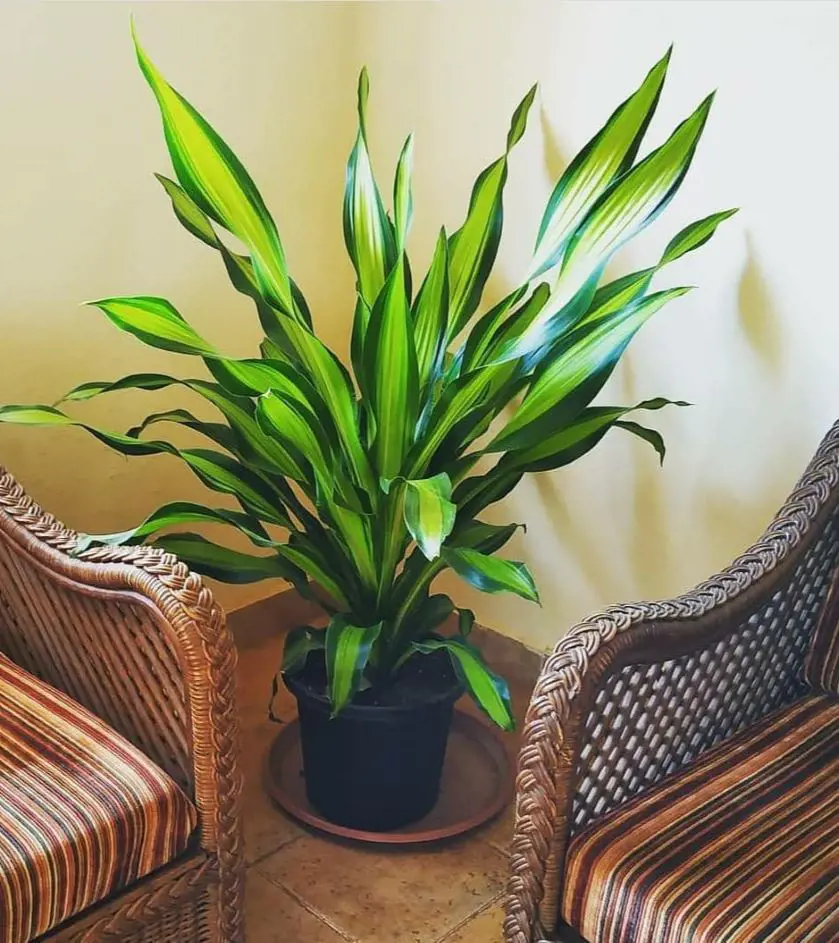
Care for a corn plant requires to be mindful about water wisdoms. Overwatering is the enemy of corn plants. Think of their soil as a well-drained beach, where the sand readily absorbs water without becoming soggy
Wait until the top 1-2 inches of soil feel completely dry to the touch before reaching for the watering can. Then, give your plant a thorough soaking, ensuring water drains freely from the drainage holes. Discard any excess water in the tray, preventing it from pooling around the base and causing root rot.
Soil and Potting

A well-draining potting mix is the foundation for your corn plant's happiness. Choose a mix formulated for cacti or succulents, as these allow excess water to drain quickly, preventing root rot, the uninvited guest at the root party.
Drainage holes in the pot are essential for the excess water to escape, like tiny trapdoors leading to freedom. Choose a pot slightly larger than the root ball; too big, and the soil stays wet too long, turning the party into a soggy mess.
Temperature and Humidity
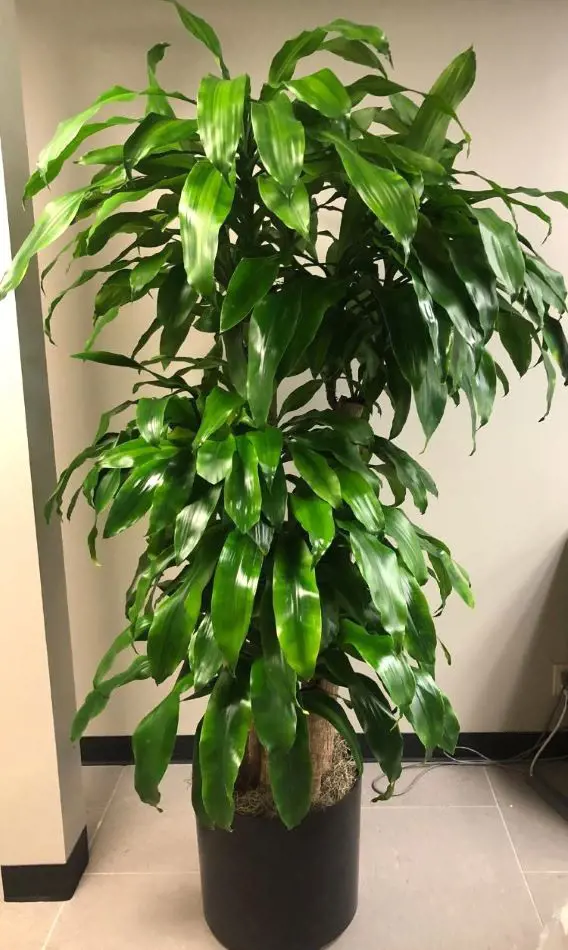
Corn plants prefer temperatures between 60-75°F (15-24°C), like a cozy living room, not a chilly basement. Avoid cold drafts or sudden temperature changes, as these can be jarring for your plant, like a surprise blizzard in the middle of the dance routine.
Moderate humidity levels around 40-50% are ideal. Mist the leaves regularly, like a refreshing spritz, or place the pot on a pebble tray with water, creating a mini humid oasis for your plant.
Fertilizing
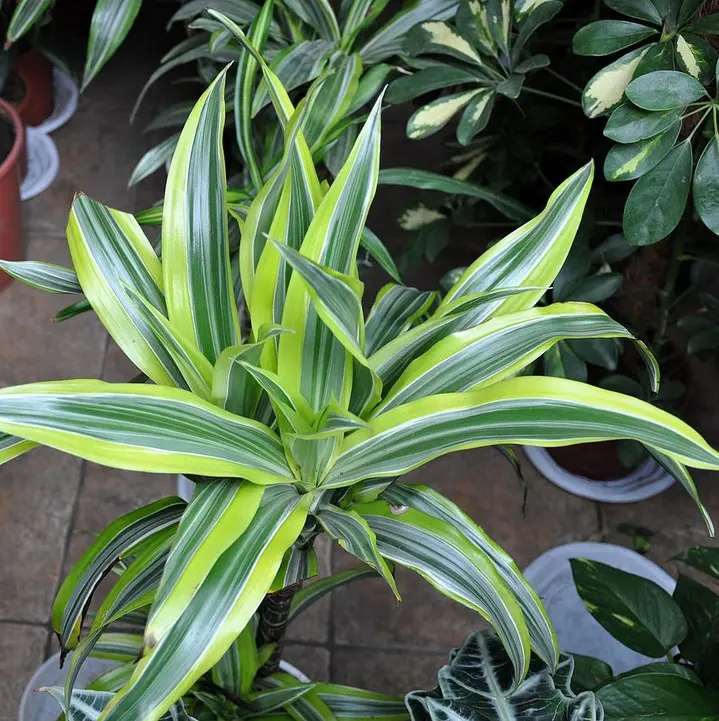
During spring and summer, the growing season, feed your corn plant once a month with a half-strength liquid fertilizer, like a light snack to fuel its growth spurt. Imagine it as a vitamin boost for your dancing diva.
In fall and winter, when the plant is less active, stop fertilizing, like giving your dancer a break from rehearsals.
Potting and Pruning
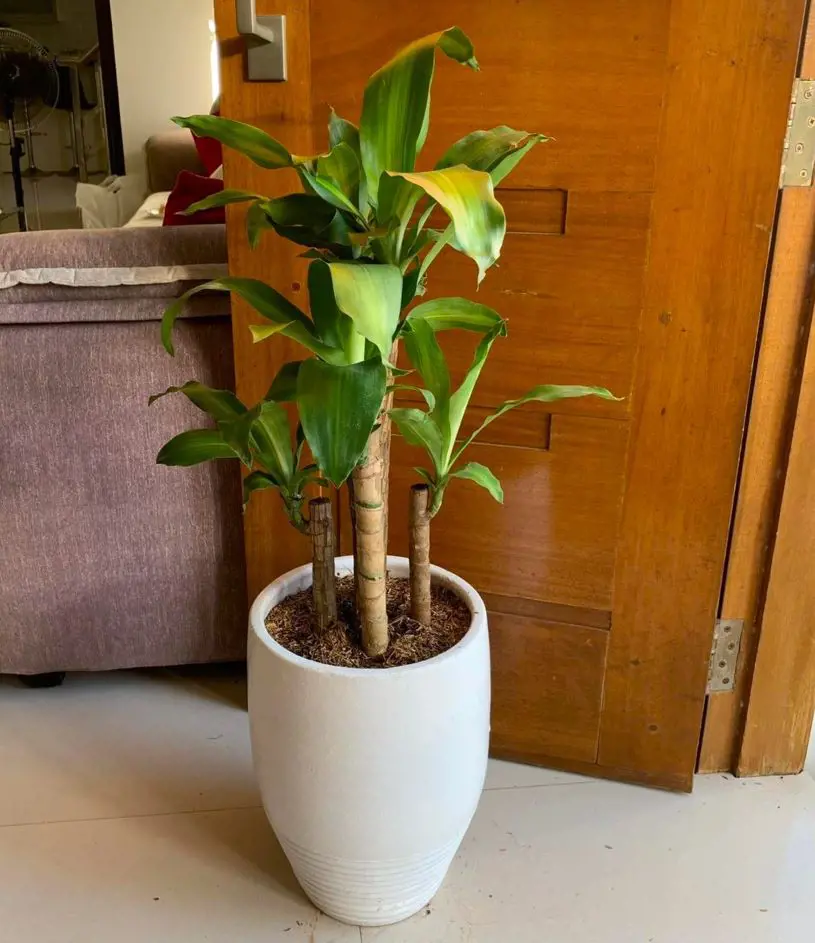
As your corn plant grows, it will eventually need a bigger stage, so repot every 2-3 years when the roots become pot-bound. Choose a pot slightly larger than the previous one, and gently transfer the plant with its root ball intact.
Pruning helps control size and shape, like trimming a dancer's costume for a perfect fit. Use sharp, sterilized pruners and make cuts at the nodes (where the leaves meet the stem), like snipping away any unnecessary ruffles.
Bonus Tips
- Rotate the pot regularly for even growth, like giving your plant a spin on the dance floor.
- Clean the leaves occasionally with a damp cloth to remove dust, like polishing the stage for a sparkling performance.
- Remember, corn plants are mildly toxic to pets and humans if ingested, so keep little curious paws and mouths away from the show.
How To Propagate Indoor Corn Plant?
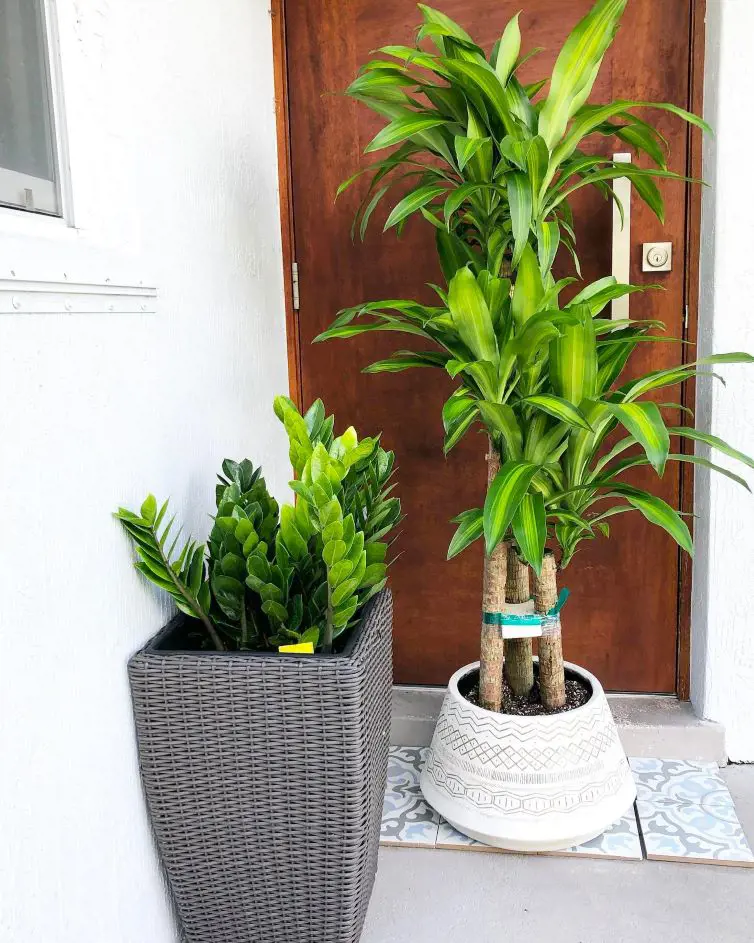
There are three main ways to propagate your indoor corn plant (Dracaena fragrans): using stem cuttings and air layering. Both methods are relatively simple and offer a rewarding way to create new plants and share the joy of your green companion.
Stem Cuttings
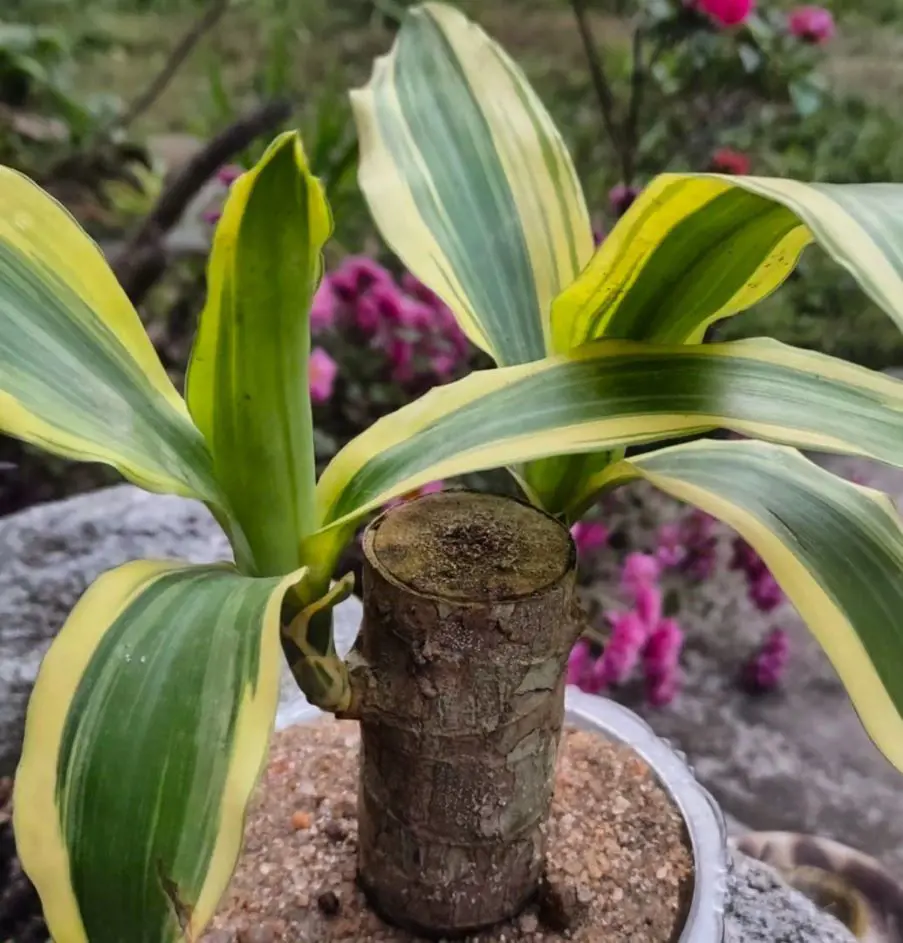
Select a healthy stem with at least one node (the bumpy area where leaves meet the stem). Choose a stem from the middle or top of the plant for better results.
Use a sharp, sterilized knife or pruners to make a clean cut just below a node and aim for a cutting 4-6 inches long. Remove the bottom leaves, leaving 2-3 nodes at the top. Dip the cut end in rooting hormone (optional, but can encourage faster rooting).
Planting options
You can root your cutting in two ways:
- Water:
- Place the cutting in a glass of water, ensuring at least one node is submerged.
- Change the water every few days to prevent rot.
- Roots should form in 2-3 weeks, and you can then transfer the cutting to well-draining potting mix.
- Soil:
- Fill a small pot with well-draining potting mix and make a hole slightly larger than the cutting's base.
- Insert the cutting and gently firm the soil around it.
- Water thoroughly and keep the soil moist but not soggy.
Leaf Cuttings
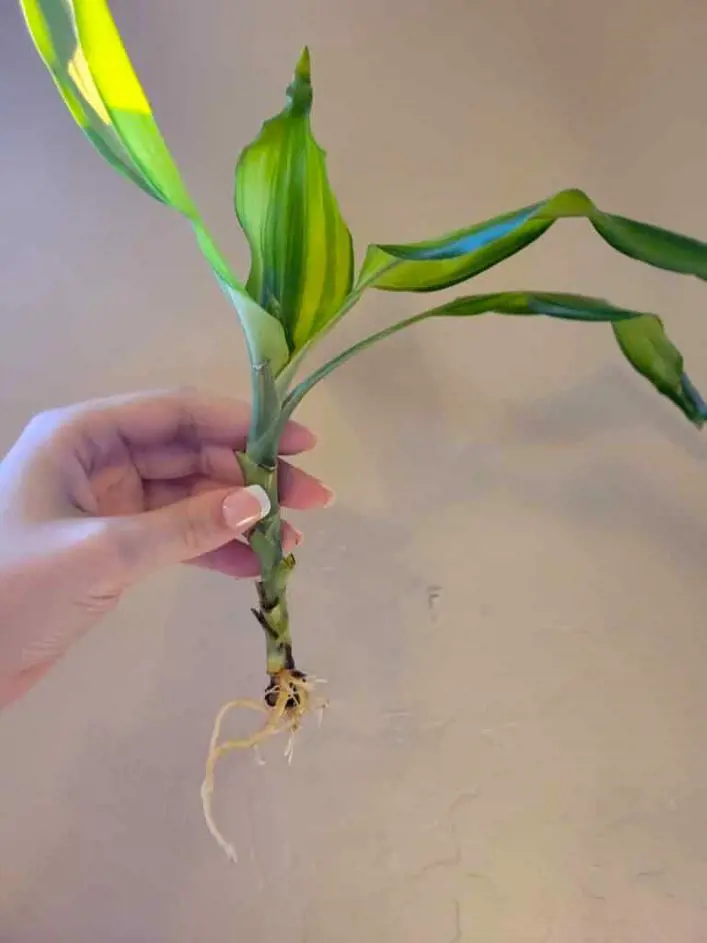
Select a healthy, mature leaf from the middle or lower part of the plant but, avoid leaves with blemishes or damage. Cut the leaf in half or thirds, ensuring each piece has a prominent central vein.
Lay the leaf cuttings flat on top of well-draining potting mix, with the cut edges facing down and the vein touching the soil. You can also bury the base of the leaf piece slightly.
Planting care:
- Keep the soil slightly moist but not soggy.
- New plantlets should emerge from the base of the leaf vein within a few weeks.
- Once they have grown a few leaves and roots, you can separate them and pot them individually.
Air Layering (Advanced)
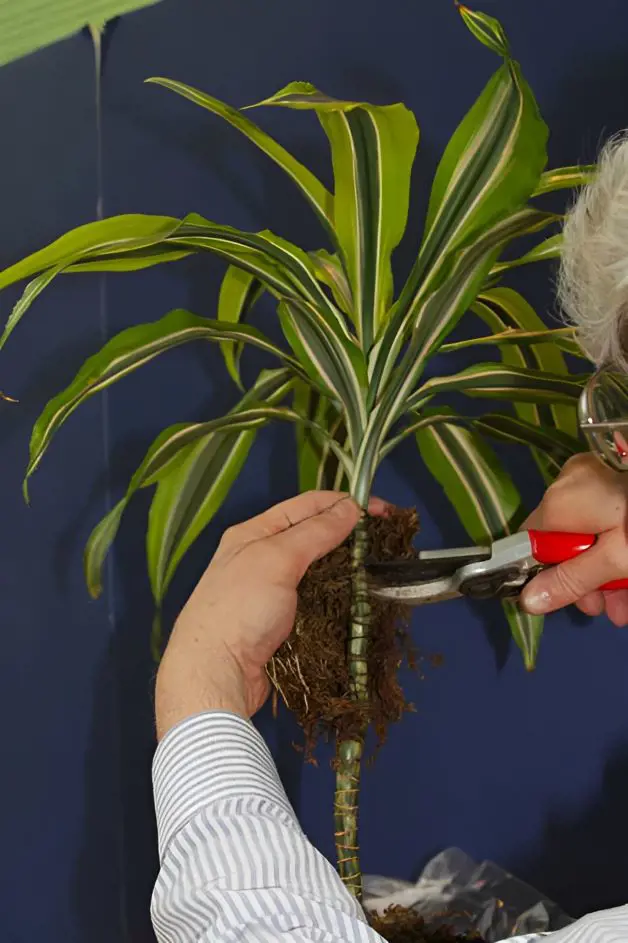
Select a healthy stem with at least one node and make a circular cut halfway through the stem, just below a node. Gently scrape away some bark within the cut to expose the inner cambium layer.
Apply moist sphagnum moss around the exposed area and secure it with plastic wrap or foil, leaving the top open.
Planting care:
- Keep the moss moist and check for root growth within a few weeks.
- Once roots are visible, cut the stem below the roots and pot the new plant in well-draining soil.
Growing Corn Plant
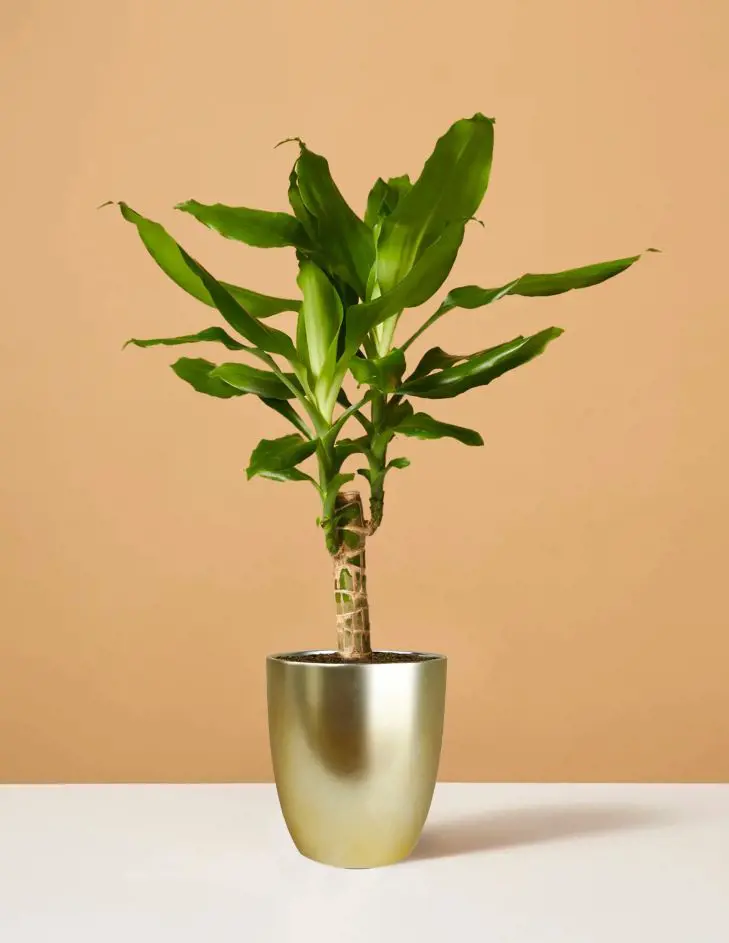
Growing an indoor corn plant can be a rewarding experience, bringing vibrant foliage and a touch of the tropics to your space. Here's a comprehensive guide to guide you through the process:
Choosing the Right Plant
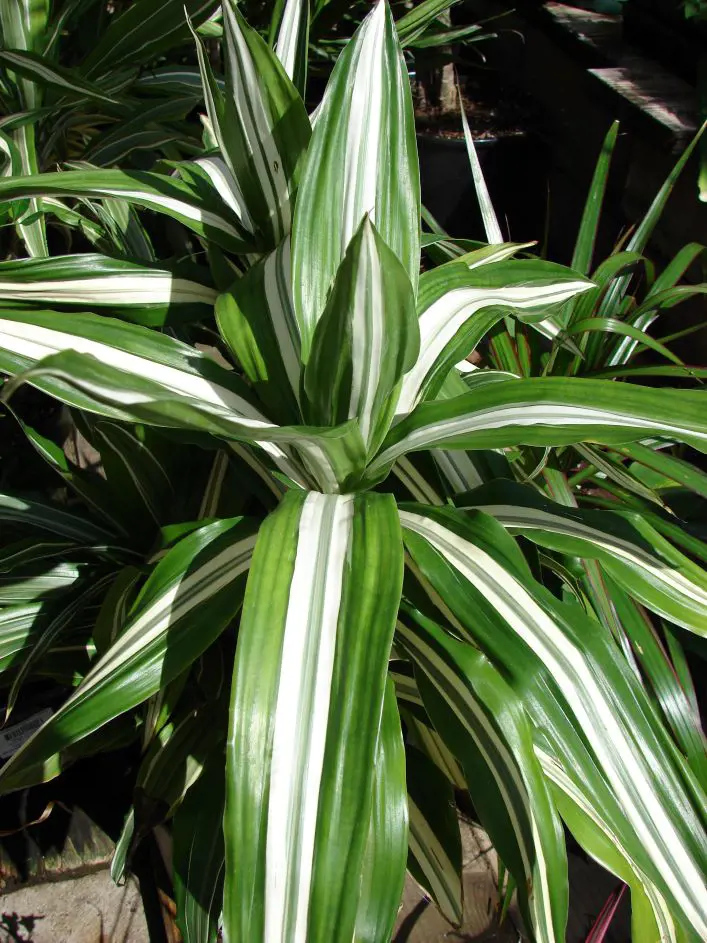
- Varieties: Dracaena fragrans is the most common indoor corn plant, available in various sizes and leaf patterns. Look for healthy plants with vibrant green leaves and minimal damage.
- Size: Consider the mature size of the plant and choose one that fits your space. Dwarf varieties are available if you have limited space.
Setting Up the Perfect Home
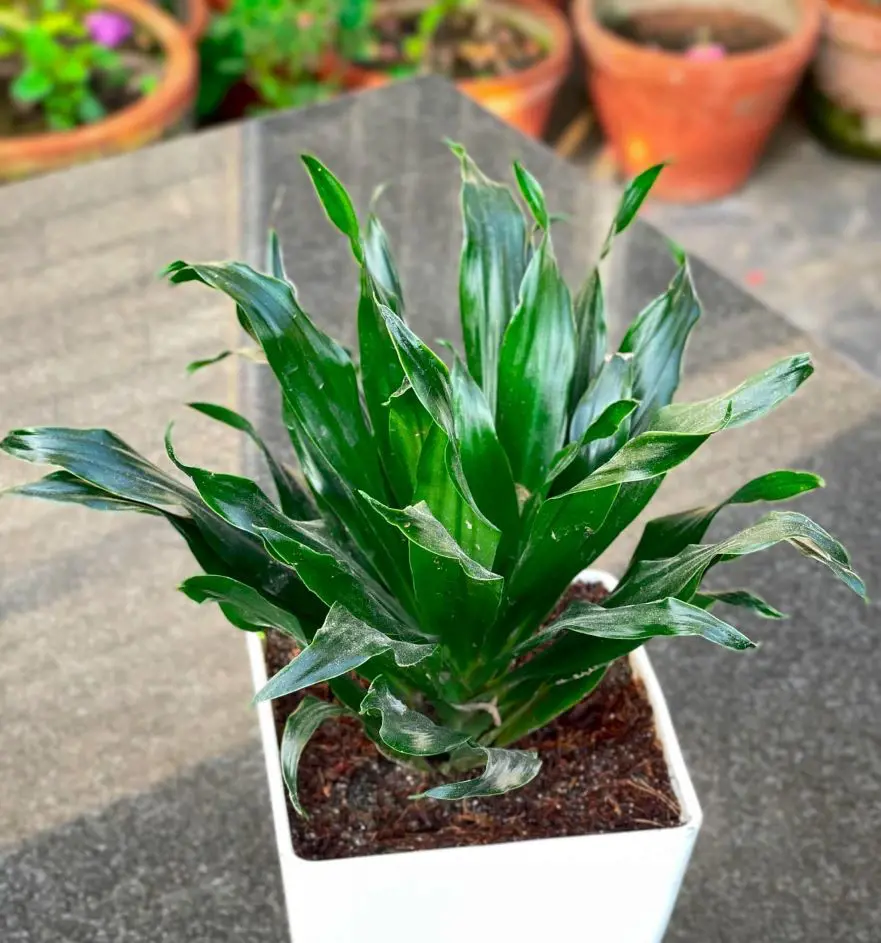
- Lighting: Bright, indirect sunlight is ideal.
- Potting: Choose a pot with drainage holes slightly larger than the root ball.
- Temperature and Humidity: Aim for temperatures between 60-75°F (15-24°C) and moderate humidity levels around 40-50%.
Watering and Feeding
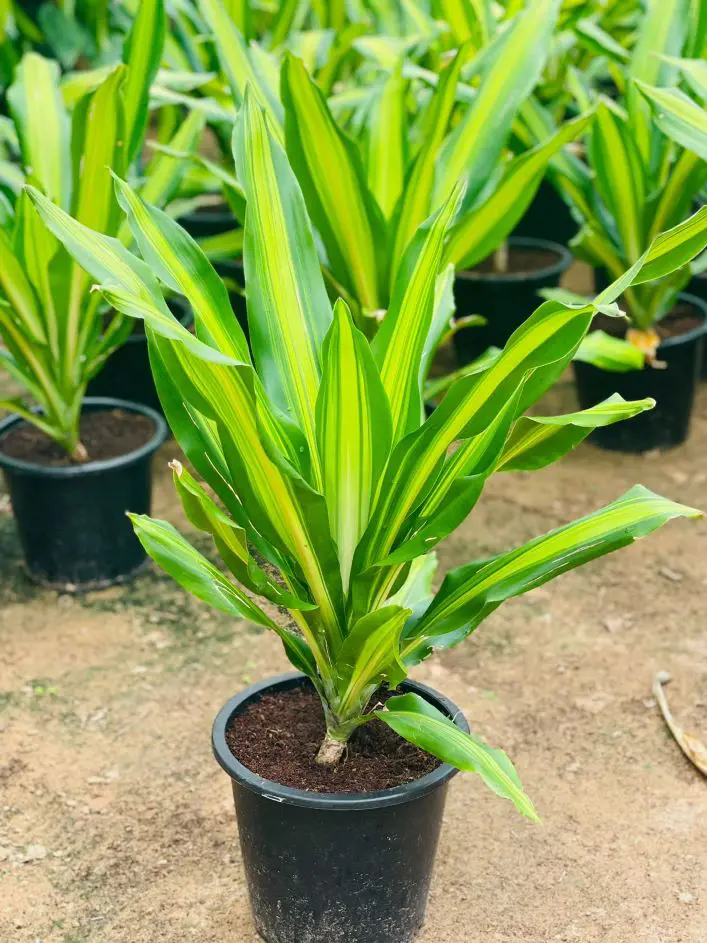
- Watering: Water deeply when the top 1-2 inches of soil feel dry.
- Fertilizing: During spring and summer, fertilize once a month with a half-strength liquid fertilizer for indoor plants.
Maintenance and Care
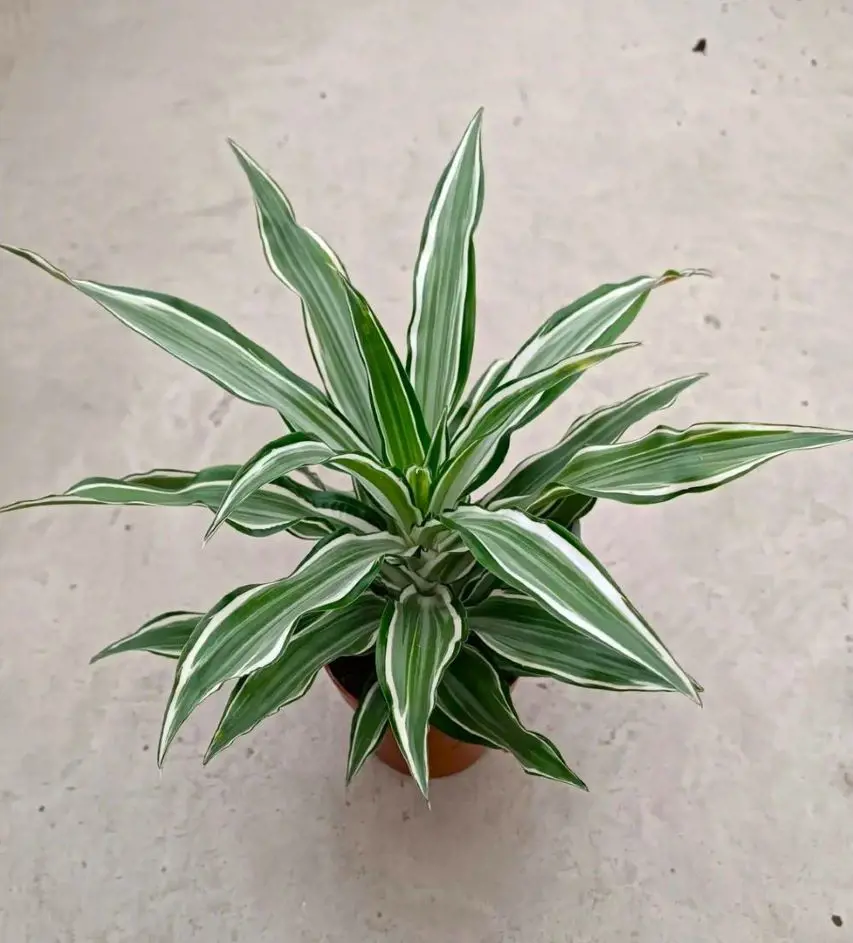
- Rotate the pot regularly for even growth.
- Clean the leaves occasionally with a damp cloth to remove dust.
- Prune to control size and shape. Make cuts at the nodes (where leaves meet the stem).
- Repot every 2-3 years when the roots become pot-bound. Choose a pot slightly larger than the previous one.
Common Issues
While generally low-maintenance and adaptable, indoor corn plants can occasionally face some challenges. Here are some of the most common issues you might encounter:
Brown Leaf Tips
This is the prime suspect. Remember, corn plants prefer dry spells between drinks. If the soil is constantly soggy, the roots can't breathe, leading to brown, crispy leaf tips.
Though less frequent, water deprivation can also lead to browning, making the tips dry and papery. Think of the plant thirsting in a desert; give it a deep, thorough drink and increase the watering frequency if the soil dries out too quickly.
Remedy
- Adjust your watering routine, ditch the standing water in the tray, and consider repotting in well-draining soil if the roots are damaged.
- Give your plant a deep drink and increase watering frequency to prevent the soil from becoming a desert.
Yellow Leaves
This can be a sign of overwatering, nutrient deficiency, or inadequate light. Check the soil moisture, fertilize if needed, and adjust the plant's position for better light.
Lack of fertilizer can also cause yellowing, especially if your plant hasn't had a proper meal in a while.
Remedy
- If the roots are damaged or compacted, repot the plant in fresh, well-draining soil.
- Feed your plant with a half-strength liquid fertilizer during spring and summer.
Pests and diseases
Corn plants are generally pest-resistant but can occasionally be affected by mealybugs or spider mites. Treat with insecticidal soap or neem oil if necessary.
Remedy
- Regularly inspect your plant for signs of pests or diseases.
- Quarantine new plants before introducing them to your existing collection.
Varieties of Indoor Corn Plant
While there may not be distinct "varieties" in the same way you might find with certain plant species, there are different cultivars or variations within the Dracaena fragrans species that offer unique leaf patterns and characteristics. Here are a few popular cultivars of indoor corn plants:
Dracaena fragrans 'Massangeana' (Mass Cane)
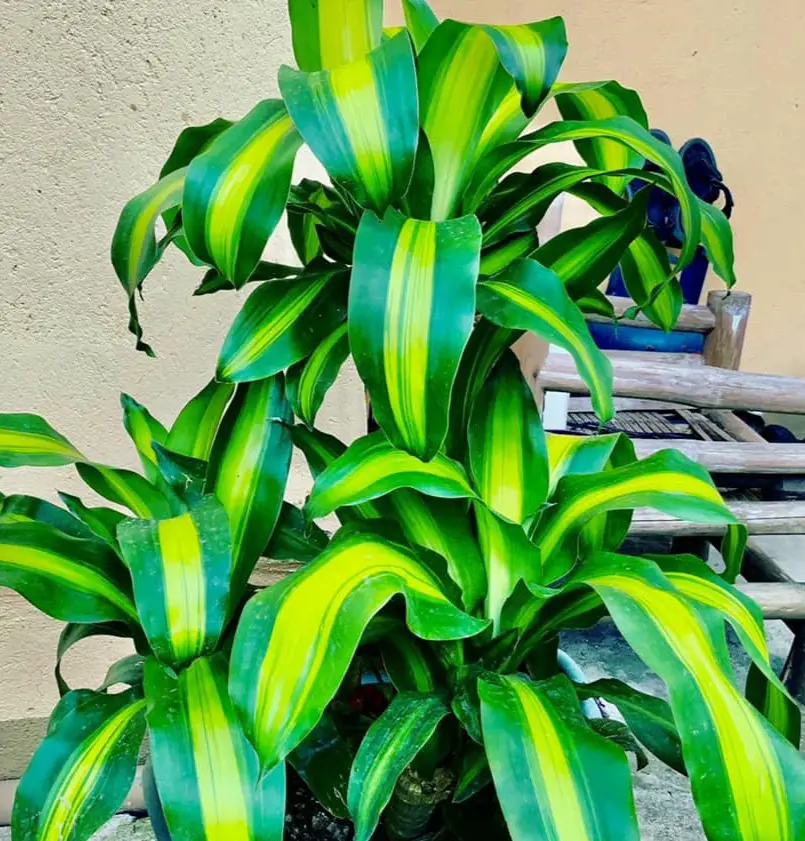
This is one of the most common varieties seen in homes and offices. It has broad, lance-shaped leaves with a central yellow stripe.
The yellow stripe gives it a distinctive appearance and adds a touch of brightness to indoor spaces. 'Massangeana' is widely popular in the USA and is commonly used as an indoor decorative plant in homes, offices, and public spaces.
Dracaena fragrans 'Compacta' (Compact Corn Plant)
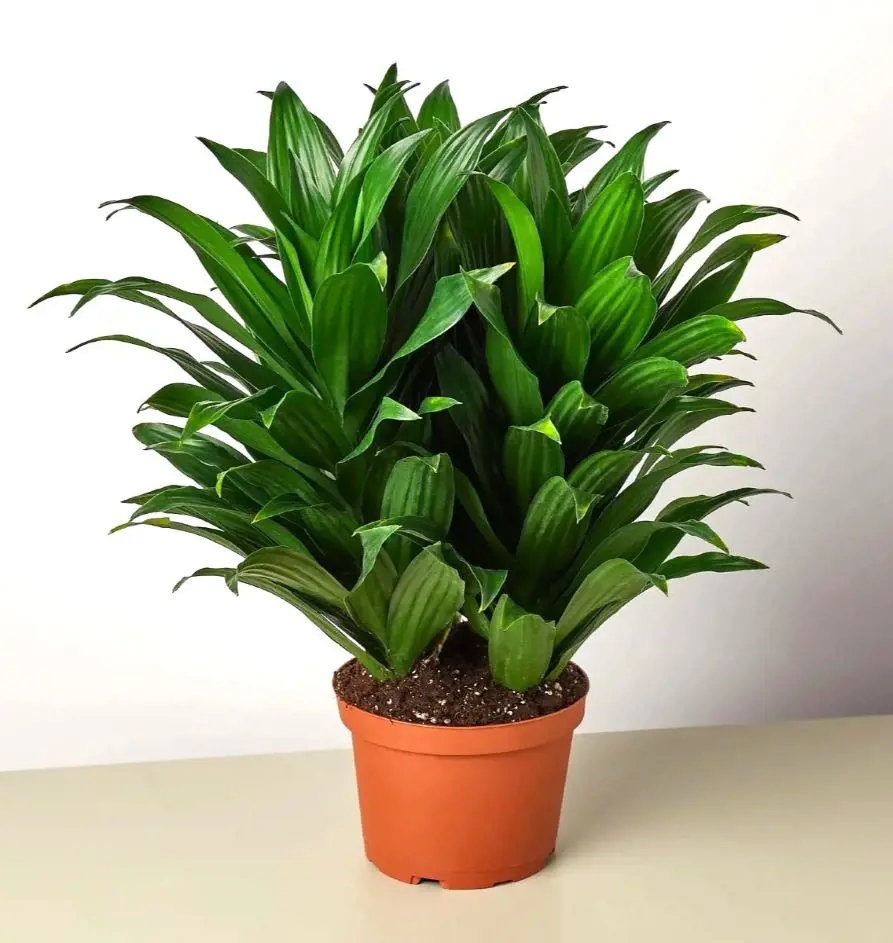
'Compacta' is a more compact cultivar with shorter and denser foliage compared to the standard corn plant. Its leaves are dark green, and it maintains a neat appearance, making it suitable for smaller spaces.
'Compacta' is a popular choice for indoor spaces in the USA, especially in areas with limited room.
Dracaena fragrans 'Lemon Lime'
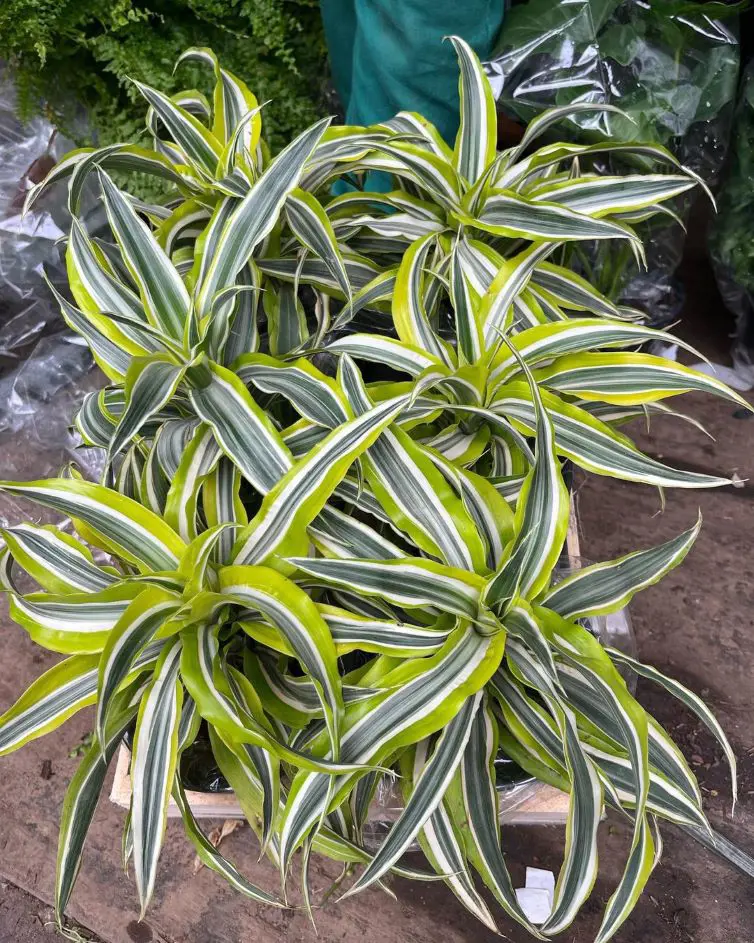
This variety features leaves with vibrant green and yellow stripes, creating a visually striking appearance. The contrasting colors add a lively and dynamic element to indoor spaces.
'Lemon Lime' is favored by those looking to introduce a splash of color to their indoor plant collection. It is often chosen for its aesthetic appeal and ability to brighten up interiors.
Recent posts
Plant Care
Plant Care
10 Calendula Health Benefits and Possible Side Effects
[image-1] Commonly used in medicinal preparations in several medicine systems, calendula is an annual herb in the daisy family (Asteraceae) originating from southern Europe and the Eastern Mediterranean area. It is suitable for borders, beds cut flow...
Plant Care
How To Plant, Grow and Care Majesty Palm
The majestic palm, scientifically known as Ravenea rivularis, makes for a stunning indoor tree with its lush and grand fronds. Originating from Madagascar's river banks, this resilient houseplant is cherished not only for its beauty but also for its ...
